Cost Of Living as A Surfer in Sri Lanka

Introduction
Planning a surfing trip to Sri Lanka? This detailed guide will help you budget your adventure, covering essential costs such as housing, food, transportation, and surf gear rentals. Whether you're staying short-term or planning a longer surf odyssey, this post will provide the information you need to live comfortably and catch the best waves. I’ll also include a breakdown of miscellaneous expenses often overlooked and an example cost-of-living calculation to give you a complete picture.
Have you surfed in Sri Lanka recently? Share your insights in the comments to keep this guide up-to-date!
Ready to dive in? Let's goooooo
Table Of Contents
In case you want to jump to a specific topic, here's a table of contents with a short description of each section in this article:
- Example Cost Of Living Calculation For a Two-Week Surf Trip to Arugam Bay
- Surf Seasons in Main Surfing Areas in Sri Lanka
- Housing Costs & Options
- Food and Grocery Costs
- Great Restaurants List
- Transportation Options and Rental Costs
- Surfing Lessons and Gear Costs
Example budget for two two-week surf trip
Below is a napkin math for an example trip to Arugam Bay from nearby Bangkok for one person. I counted on staying in a regular room with AC and eating out every meal of the day. The budget also accounts for renting the gear for the whole trip as I think it makes very little sense to fly with your own board unless you stay for longer.
Example surfer cost of living breakdown:
The two-week trip is a bit pricey, eh!? The big chunk of it about $500 is getting to and out of Arugam Bay. If you can stay for a month or longer, this price stays fixed making the price per day of the trip cheaper.
Read on to find out how I came up with these numbers and how you can adjust this budget for your own trip.
Sri Lanka Surf Seasons and Areas
Arugam Bay
- Season: May to November
- Wave types: Beautiful right-hand reef breaks
- Surf spots: Main Point, Whisky Point, Okanda, Crocodile Rock (yes, the green monsters are in the water!)
- Conditions: Off-season monsoon is super rainy. It can get crowded during the season and breaks don’t work well during low tide
South of Sri Lanka
- Season: November to roughly the end of March
- Wave types: Variety of breaks from beach to reef
- Surf spots: the most dense area is between Ahangama and Mirissa. My favorites: Coconuts, Marshmallow, South Beach
- Conditions: Off-season is rainy, not ideal for surfing or living
Wave Quality
Sri Lanka offers mellow waves, perfect for beginners and intermediates, thanks to the unique way its reefs hold up swells. Unlike the powerful waves of Bali's Uluwatu or Portugal's winter swells in Ericeira, Sri Lankan breaks are calmer, making it a great destination for those looking to enjoy consistent but manageable surf conditions. Based on my experience, when a mighty swell comes the reef doesn’t hold it up too well and results in a sea of turbulent, bubbling, thick waves that are unsurfable.
Here’s a video from Mirrisa break during sunset in February 2024 (tweet with more infomration)
Mirrisa main point break. WARNING: lots of urchins at the bottom!
Quick FAQ about Sri Lankan surf conditions:
Q: Is Sri Lanka good for beginner surfers?
A: Absolutely, there are plenty of mellow beach breaks and the waves are forgiving. One of the best places to start your surf adventure would be Weligama Bay down South. If you are more experienced, don't worry there are loads of shallow reef breaks where kooks don't go.
Q: Do you need a wetsuit to surf in Sri Lanka?
A: Nope. The water is warm throughout the year at around 28°C (82°F) ranger. Get a good rushie and a hat though. Sun is unforgiving in Ceylon!
Q: How safe is it to visit Sri Lanka as a woman?
A: Ceylon is not the most female-friendly country out there. Have a read through this section of the article I wrote about Sri Lankan long-term living to get an idea why. TLDR: be careful, and stay safe - men are extra sketchy in the beach towns.
Q: Is it safe to surf or swim in the Sri Lankan ocean?
A: Sri Lanka has stunning, clean beaches. You will often see turtles popping up next to you in the lineup or observe a random fish surfing the wave. There are a couple of dark sides though. Firstly, the water can get extra dirty after the rain as there is no proper sewage treatment. I would get earplugs like SurfEars if you have sensitive ears. Secondly, the crocodiles are washed out of rivers into the ocean and roam around surf breaks. The local fishermen usually warn the people going in, so make sure to check local surf groups for crocodile sighting updates.
Geography
Before we start comparing and looking deeper at the cost of living in the Arugam Bay and Ahangama-Mirissa areas. Here’s a little map of these two locations in Sri Lanka.
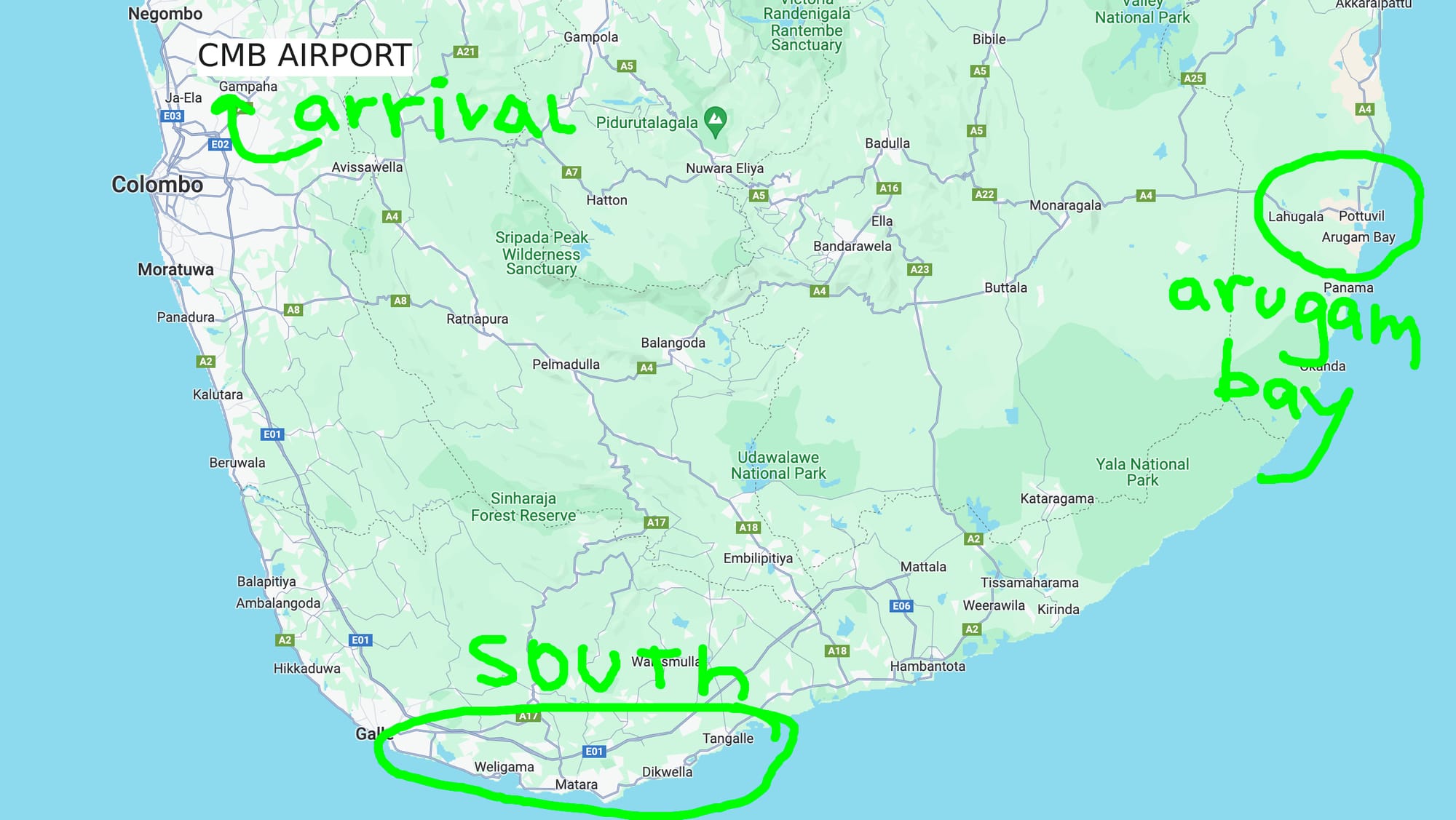
Housing Costs
Housing is usually the biggest cost of the trip unless you are flying from very far away and flight tickets eat up a bigger chunk of the budget. Fortunately, there are many options from cheap hostel bunk beds to private villas in the South and at Arugam Bay.
South of Sri Lanka
Summary of housing cost of living in South Sri Lanka:
- Budget: Basic room with fan - $20/day / $300/month
- Mid-range: Ensuite rooms with AC - $30/day / $500/month
- Luxury: Designer hotel rooms with AC - $80/day / $2000/month
The South of Sri Lanka is more developed compared to Arugam Bay. Depending on the surf break you choose to live close to, the prices fluctuate from about $20/day for a very basic room with a fan to around $80/day for hotel rooms with great designer furniture and AC. I stayed for a longer period and was paying about $500/month for ensuite rooms with AC.
Pro tip, Avoid houses close to the railway due to noise pollution. Staying 200-300 meters away ensures better sleep quality. The trains start going around 5:30 AM and don’t stop until around 10 PM. Most housing doesn’t have any sort of soundproofing and you will hear the train passing every single time.
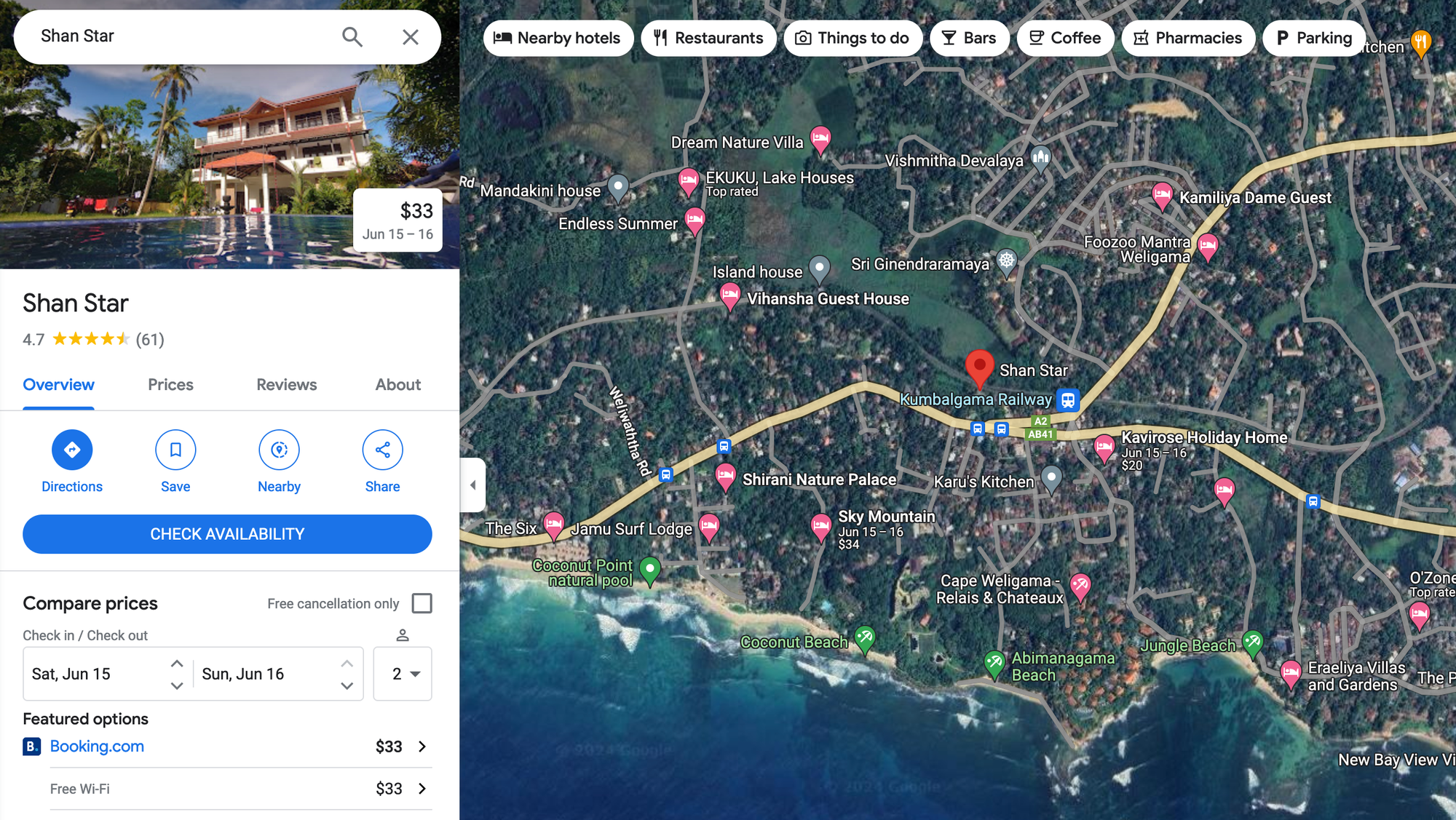
For example, this place in Midigama seems like a great location because of its proximity to Coconut Beach with a great punchy wave. Although the place looked great, it had a big pool, and the owners were sweet - whenever the train was passing you could feel like a microearthquake was happening in the room. You might try one of these places if you need to save money. For me, noise pollution and sleep disruption are a big no-no.
Arugam Bay
Summary of housing cost of living in Arugam Bay:
- Budget: Basic room with fan - $18/day / $300/month
- Mid-range: Ensuite rooms with AC - $35/day / $600/month
- Luxury: Designer hotel rooms with AC - $100+/day
Fewer options here but fairly developed for such a remote location.
An average room with an AC in Arugam Bay goes for $35/day and $160/week. There are a few boutique resorts like Surf N Sun where you’ll get a unique experience for $100/day (sidenote, apparently awesome breakfast here too).
Below are a few surfer budget friendly housing options in Arugam Bay that I got recommended from nomad friends.
Bay Inn: https://goo.gl/maps/cg7L137Ns2qZ7wre8?coh=178572&entry=tt 4000 LKR (~$13 USD) for private AC room
The Long Hostel: https://maps.app.goo.gl/oSr853rxrqQYMT757 (Shared) $18 USD
Shashi Beach Resort: https://maps.app.goo.gl/CUA9g19skAbvAJgp7
Also, check out this surf housing & food map I made for Arugam Bay
Note, most guesthouses will serve breakfast included in the price. Here’s one I got during a weekend trip in the middle of nowhere in the South. Fish was just caught that morning in front of the guesthouse.
Food and Grocery Costs
If you fancy cooking and want to do your groceries here are two main options: the western-style local grocery chains like Cargills Food City / Kelly’s or going to local markets. I prefer scouting local markets as it’s more of an adventure and if you stay at a place longer you can develop a nice little friendship with some of the vendors. The people are usually nice enough and would throw in an extra lime or a bunch of bananas to your grocery beg 🙂
Eating out is fairly easy in both Arugam Bay and down South. A local buffet lunch costs around 800-1000 LKR per plate (~2.50-3 USD), regular curry and rice would be around 2000 LKR (~6 USD) and a drink like papaya juice would cost you another 500-800 LKR. The more upscale, Western/Indian food places usually are around 2000-5000 LKR (~6-16 USD) per plate and non-alcoholic drinks are going for around 1000 LKR (~3 USD).
As a surfer you probably need more protein in your diet, so look out for local fish grill spots where they prepare freshly caught tuna in front of you.
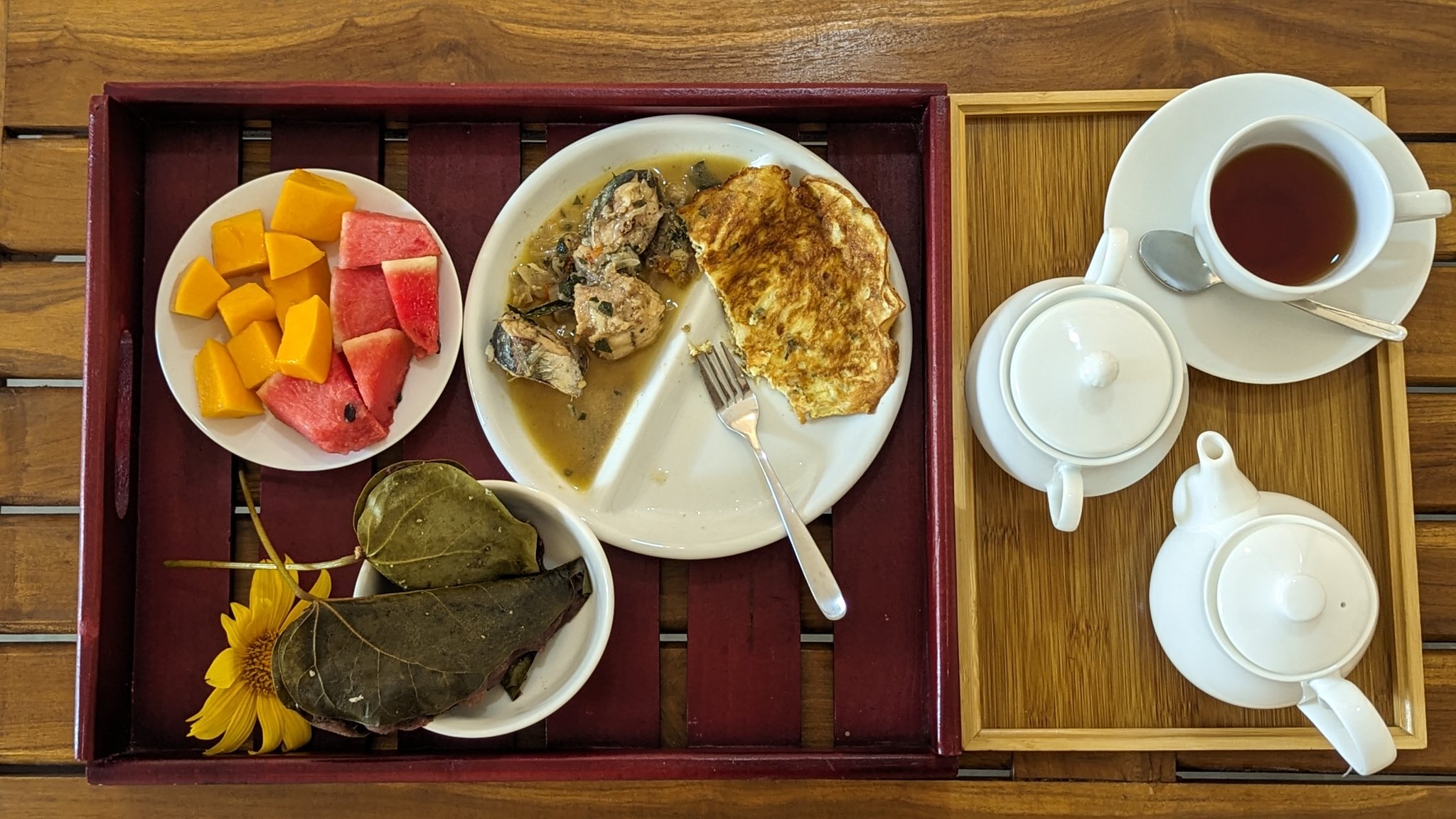
Notable Restaurants
In addition to this map, I’ve made for the Arugam Bay surfing area. Here’s just a text list of places in Arugam Bay and the South that offer good quality food. Kudos to the local nomad group for making the list.
Arugam Bay
- Moon Garden
- Blue Ocean
- Perera
- Dosa Station
- Fuchsbau
- Mr Fisherman
- Sail & Catch
- Mothers Kitchen
- Buffet Arugam Bay
- Shady Lanes
- Sun n Surf
- Meoris
- Kaffi
- Hakeems
- Pereras
- Hopper Man
Ahangama
- East Falafel
- Kaffi (my review as a workspace)
- Adobe
- Machan Curry
- Veda Cafe
- Elita
- Carrie
- Being.111 (has a pool!!)
- Thileni’s
- Lighthouse
- Citra (fancy dining)
- Samba (laptop friendly workspace in Ahangama)
- Community
- Abrazo
- Mermaid's Kitchen
- Manori’s Kitchen
- Mr. Sunil
Midigama
- Surfing Wombats
- Mama's restaurant
- Shirani
Weligama
- Beachy Bites
- Moochies
- Pasijou
- Dulnetha - Rice & Curry
- Hangten
- Kaio
- Yummy Tummy
- FatBurner
- Way point restaurant
- BayRoute
- Plan B
- Soul Temple
- W15 Weligama
- Best BBQ Treat
Mirissa
- Shady Lane
- Lost Paradise
- Curry Gedara
- Garlic
- Aloha
- Simple Restaurant
- Big Belly
- Squeeze Me
- Oisha Bistro
- South Coast
Madiha
- The Doctor's House
- Kashmiri Kitchen
- Sara Kitchen
- Backyard
- Sandbank
- Swell Cafe
Hiriketiya
- Lemongrass
- Garlic Cafe
- Cinnamon
- Kingsley Hot Kitchen
- Dots
- Roti hut
- Dunis hoppers
- White peacock
- Smoke & bitters
- La playa
- Mond
Favorite post-surf snack
If you are surfing in the Ahangama area here’s my favorite cheap snack. Get a vegetable roti from Odara - Odara Foods & Restaurant. It is a spicy mix of vegetables wrapped in roti bread. It costs about $1 USD for 2-3 pieces and is a great snack to share with friends. Shout out to my friend Sander for treating me with these roties and showing the post-morning surf hack!
Transportation Costs
Getting there
TLDR:
- Arugam Bay: Taxi - $120-150 one way (8 hours)
- South Coast: Taxi - $60-80 one way (2-3 hours)
To get to Arugam Bay the best way is to rent a taxi through your accommodation or find a taxi broker. It is about an 8-hour drive from the CMB airport to Arugam Bay. The cost is usually around $120-150 USD one way. I can see how your cost of living calculation just went up a notch 😅 Travel with friends, so you can at least split the cost haha The other methods of getting to Arugam Bay are just not worth it. Public transport is not a friendly place for surf gear and would probably take you two days to switch between trains, buses, and tuk-tuks.
Getting to the South surf spots is slightly easier. The taxi service is usually around $60-80 USD and takes 2-3 hours through a highway. Note, the driver might ask you to pay extra for the highway cost. Always make sure to set the prices beforehand if you want to be sure about the total cost. There are also highway buses that would get you to the South in 3 to 4 hours. For bus timetables check out Sri Lanka National Transport Commission website.
I have used the Ceylonz Tours and Transfers taxi agency. I am not affiliated and have been happy with their drivers 90% of the time. And trust me, 90% is a great good/bad ratio for Sri Lanka haha
Getting around the surfing area
TLDR:
- Tuk-tuk: 6000 LKR/day (~$20)
- Scooter: 3000 LKR/day (~$10)
The streets in tourist/surf towns are packed with tuk-tuk drivers who will hassle you to get a ride with them any time of the day. Getting to a place is not an issue. Just be extra careful if you are a solo female traveling - the female harassment issues are pretty bad in Sri Lanka. The prices for tuktuks highly depend on the time of the day and distance.
Pro tip, use the PickMe app to order a ride and negotiate a fairer price if the rides are not available. Note, don’t show the app to local tuk-tuk drivers as they get aggressive about it - a similar situation to how Uber disrupted the markets back in the day and local taxi drivers behaved unpleasantly even after barely mentioning the name of the hailing app.
Personally, I like more independence with my logistics and love going slightly further out to find less crowded surf breaks. If you are like me, getting your own ride is the best option. Surf racks are semi-legal in Sri Lanka - tuktuk with surf straps on top is the safest bet to drive safely and avoid any trouble with the authorities.
Here are approximate prices for bike and tuktuk rentals during the season:
- Tuk tuk - 6000 LKR per day (~$20 USD), per week 5000 LKR per day (~$16 USD), 120,000 LKR per month (~$400 USD)
- Scooter - 3000 LKR per day (~$10 USD), per week 2000 LKR per day (~$6.5 USD), 35000-65000 LKR (~$110-215 USD) per month depending on a bike type
Just living close to the surf break and walking - could be dangerous on long distances given how road safety is.
Surfing Lessons and Gear Costs
The rental costs of surf gear are approximately the same in Weligama Arugam Bay. The boards usually go for about 2000 LKR/day (~$7 USD) and if rented for a week or longer it’s about 1500 LKR/day (~$5 USD).
If you are in the South and would like a lesson from a local pro surf instructor - give a shout to Shaggy. He’s based in Midigama and gives lessons at the Lazy Right for around $30-40 USD/hour depending on a group size and lesson type.
It’s best to come with a block of wax and an extra leash or face paying a 30-50% premium on top, compared to other countries. Import taxes in Sri Lanka are high, so everything imported can surprise you with a higher price.
Pro tip, a lot of surf rentals rent gear that is worn out. Carefully check the board for dings and if the leash is tight. Sometimes you still end up dinging your board. The locals will most likely try to charge a ridiculous amount of money for the ding - I have heard quotes of up to $200 for a ding. Don’t be fooled. The dings can be repaired for $20-$50 depending on how bad the damage is. Just be prepared to stand your ground, haggle, and call the tourist police in case you think you are being treated unfairly.
Other Costs
There are lots of smaller cost of living expenses that don’t fall into any of the categories above. I bundled them under this one section as a reminder to budget that in.
Healthcare
Health insurance is one that I personally don’t advise to wing, especially after >$11,000 unexpected bill in Dubai when my appendix decided to act out! A good insurance with coverage for surf accidents would cost you about $50-60 for a month. I personally still use SafetyWing, but have been pretty happy with TrueTraveler in the past too. Here’s a nice summary of great insurance options for nomads from the NomadGate.
If you do get a serious injury try to go for a bigger town close by - Matara or Galle in the South. I’ve been to Asiri Hospital Galle to do an RTG, the place was well organized and I was in and out in 20 minutes.
Fair warning, bring your international driving license to Sri Lanka and redo it to the local Sri Lankan license at Colombo if you plan to ride a scooter. Without a valid local license, you won’t be able to make an insurance claim! Be safe.
Data
As a surfer in Sri Lanka, you'll find that prepaid 4G plans are surprisingly affordable and offer reliable connectivity in most areas. However, some remote locations like Arugam Bay may experience issues. But don't worry - the best coverage is offered by Mobitel and Dialog, with Mobitel excelling in East areas like Arugam Bay and Dialog providing better service in South areas like Weligama. With Dialog, you can roam around the island without breaking the bank, and you can purchase a SIM card at a local store for a reasonable price - around $2-3 USD will get you 5 GB of data, while $10 USD buys an unlimited package. Plus, Dialog offers eSIM technology, which could be convenient for travelers who want to streamline their communication needs. For more details and coverage maps check out my post aimed at long-term living in Sri Lanka as a digital nomad.
Visa
To travel to Ceylon you will most likely need a visa. Here is the official website for detailed information: https://www.srilankaevisa.lk/. If you plan a short surf trip then in my opinion get a Visa on Arrival. It is the easiest way to go - gives you 30 days of stay and you just pay the fee at the airport. You can extend your Visa on Arrival once for another 30 days. In case you plan to stay for longer check half-a-year multi-entry visas - these allow you to stay up to 60 days at a time and you can do multiple re-entries within half a year.
Misc
Local gym membership should cost around 3000-4000 LKR (around $10-13) for a month. A fancy one run by Westerners would probably cost that much for a week.
The water in Sri Lanka is drinkable from the tab, but I’d advise on buying a bottled one anyway. Friends of mine had a reverse osmosis filter set up in their place and it turned yellow with lots of impurities after a few weeks of use 😬Usually, guest houses provide watercooler water for free or for a small fee, but if those are out of option finding nearest Cargills and stocking up with water there is your best option. 1.5 liters of drinking water goes for 160 LKR (~$0.5 USD) a bottle.
In case you rent a villa or a guesthouse that doesn’t include the electricity bill be ready to pay $100-150 extra for a month of AC usage. Electricity is damn expensive in this country and makes up a big chunk of the cost of living calculation.
Wrap up
You probably imagined the prices would be more competitive to comparable places like Indonesia or the Philippines. My speculation is because of the recent spike in popularity and strict import rules to Sri Lanka the cost of living is higher than you'd expect. While costs can add up, especially for shorter trips, longer stays make the adventure more affordable.
Have tips or recent experiences to share? Feel free to sign in and drop a comment below. Sharing would help fellow kooks plan their exciting Sri Lankan surf adventure!
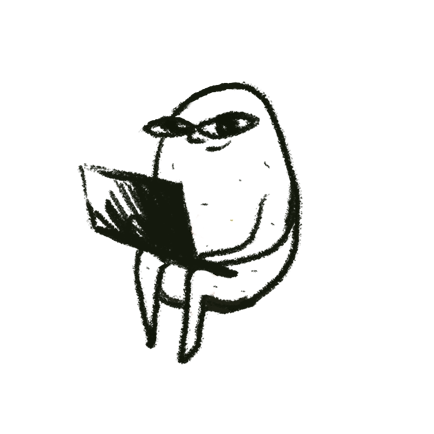
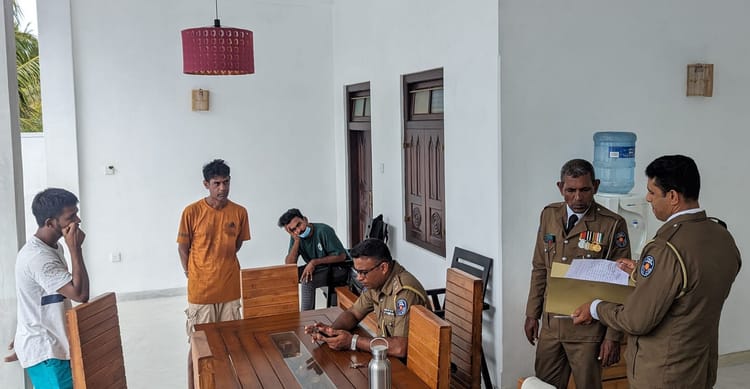
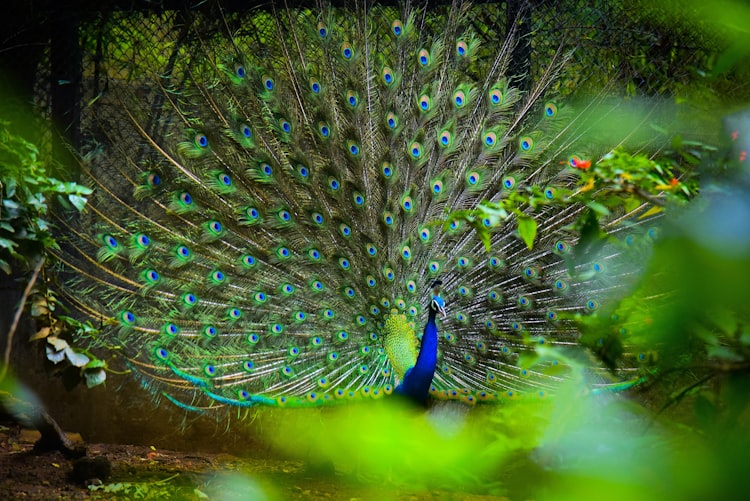
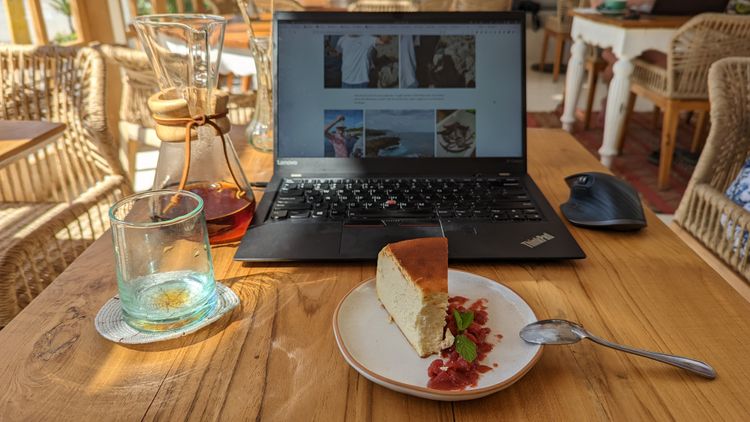
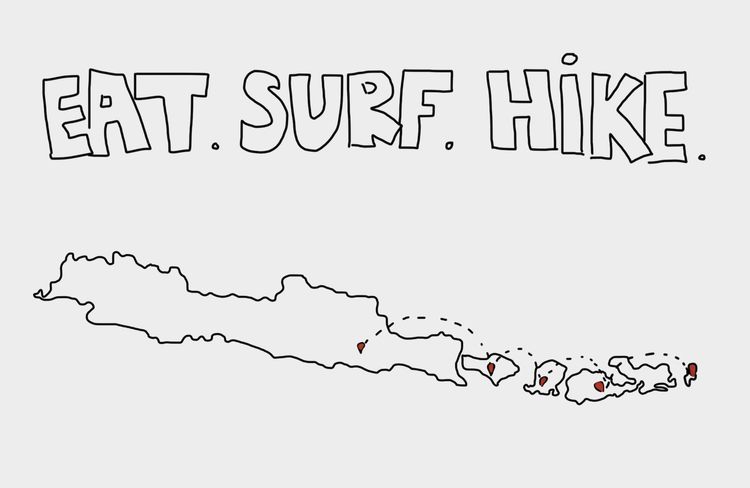
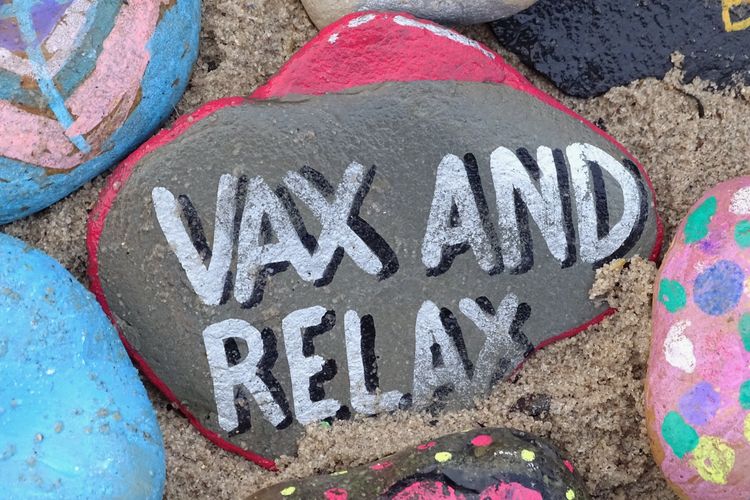
Member discussion